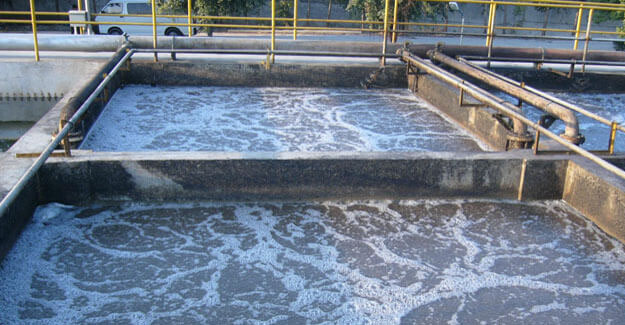
How Salher Is Treating Wastewater Generated By The Textile Industry?
The rate of production and consumption of clothing has accelerated to unsustainable levels, making the fashion industry the second most polluting industry in the world, due to the enormous amount of chemicals present in the dyes used in the garments and the high water consumption in their manufacture. Salher proposes water treatments for the chemical and textile industries to try to curb the situation in the producing countries. It is necessary to take into account, on the one hand, that the dyes used in the production of garments contain chemicals responsible for approximately 20% of the world’s drinking water pollution, due to their high resistance to biological degradation. On the other hand, a high volume of water is needed to manufacture clothes, which will vary depending on the type of fibre and the production process. For example, to produce a pair of jeans, 7,500 litres of water are required, while a T-shirt requires 2,700 litres of water, which is the same as the drinking water needs of one person in two and a half years. Moreover, it should be borne in mind that most of these industries are located in countries where environmental regulations on wastewater discharge restrictions are rather lax and sometimes even non-existent. On the other hand, second-hand fashion is experiencing its best moment and, although the response of the textile industry brands is to try to adopt a more “eco” and sustainable model, it seems that it is not enough to alleviate the climate crisis. In this context, Salher has developed tailor-made compact solutions for the treatment of these industrial wastewaters that can be so dangerous for health and ecosystems. Textile industry and water treatment of the chemical industry In Kuala Lumpur, Malaysia, there is a wastewater treatment plant for a textile industry that previously discharged untreated wastewater into a river near the factory. This WWTP, designed, manufactured, installed and commissioned by Salher, is used to eliminate the pigments and dyes used to dye garments and organic matter. For this purpose, the plant has the usual stages of a WWTP of this type (pumping, pretreatment by means of a rotary drum sieve and equalization tank) and incorporates a labyrinth for chemical conditioning and pH adjustment, a lamellar settling tank, the coagulation-flocculation phase with its corresponding physical-chemical treatment, in this case the Vespa dissolved air flotation unit (DAF), and finally a biological treatment with activated sludge technology. In this particular case, Salher included in the plant a line for the treatment of sludge generated during the wastewater treatment phase. This consists of a sludge conditioning with a Salher polyelectrolyte preparation plant and a sludge dewatering system using a filter press. At present, wastewater treatment to comply with discharge restrictions is essential, but not enough. For this reason, Salher is studying an extension of this WWTP that includes the design and installation of its water reuse technologies using ceramic ultrafiltration membranes.
Textile Excellence
If you wish to Subscribe to Textile Excellence Print Edition, kindly fill in the below form and we shall get back to you with details.








